Mold and Moisture Clean Up Information
If you have mold in your home you must clean it up immediately and fix the water problem. You must dry water damaged areas within 24-48 hours. If the moldy area is less than 10 square feet, you will be able to clean the mold without professional assistance. However, if the mold was caused by sewage or other contaminated water you need the help of a professional. If in doubt about the type of mold and whether it poses a health hazard, call a professional.
There are many types of mold. Some pose health risks to humans while others don't. Certain types of mold produce mycotoxins and these toxins may induce burning sensations in the throat and chest, coughing, rashes, etc. In general, the following characteristics tend to be associated with toxic mold.
A nasty smell
Visible growth emmanating from the mold
The stain remains even after clean up attempts
The color is black or greenish-black
You begin to experience health issuesSelf Cleanup
Steps to remove mold:
Ask those that are present to leave during cleanup.
Before removing the mold, block off the area and remove any dust. Each room or area must be cleaned one at a time. Rooms should be sealed off using plastic sheets with duct tape to cover doorways, vents, and other openings.
Wear a N-95 respirator, found at many hardware stores, to avoid breathing in mold. Wear gloves that extend to the middle of the forearm and never touch moldy items with your bare hands. Wear goggles to protect your eyes. Wear clothing that is easily removed and cleaned, and ensure it covers all areas of the body.
Scrub mold off with detergent and water and then apply a disinfectant to the area.
After cleaning is finished, air out the area very well using fans, dehumidifiers, and open windows. Ionizers are very good air purifiers that may also be ideal to use.
Put all moldy materials in sealed, plastic bags and dispose of them outside of the home.
Remove clothing worn and wash it separately or put it in a bag and throw it away.
How to Clean Different Materials
Carpet and concrete - Use a vacuum to remove most of the water and a dehumidifier and fans to reduce humidity and speed the drying process. Heaters can be used around concrete, but not on carpet.
Ceiling tile, Insulation - Throw out and replace.
Vinyl, linoleum or ceramic tile - Dry underneath if needed. Remove excess water and scrub with a mild detergent before drying.
Plastics and metals - Soak up water and wash with a mild detergent before drying.
Furniture - Use a vacuum and dry with dehumidifiers, fans and heaters.
Wood surfaces (hardwood floors) - Soak up water and dry surface with dehumidifiers, fans and low heat (be careful using heat with wood floors). Finished surfaces can be cleaned with mild wood cleaner and water before drying. Wall paneling should be removed to dry.
Drywall - If seams are intact and no swelling is visible, dry drywall in place. Otherwise, discard it.
Clothing, bedding and drapes - If the item can be machine washed or dry-cleaned, do so immediately before drying. Make sure to follow manufacturer instructions.
Paper (magazines, books and documents) - Make photocopies of anything valuable and throw the rest out.
PREVENTION
Control all moisture in your home.
Fix leaky plumbing and leaks in the building as soon as possible.
Watch for condensation and wet spots.
Keep heating, ventilation, air conditioning, and refrigerator drip pans clean.
Vent appliances that produce moisture, such as dryers, stoves, and kerosene heaters to the outside where possible.
Clean and repair roof gutters regularly.
Run the bathroom fan or open the window when showering. Use exhaust fans or open windows whenever cooking, running the dishwasher or dishwashing, etc.
Add insulation to cold surfaces such as exterior walls, floors, and windows to reduce condensation.
Keep doors open between rooms and use fans to keep air circulating.
Check for leaks around the sink and refrigerator ice makers.
Take up bathroom rugs when not in use and wash them often. Avoid leaving damp towels lying around. Hang them to dry.
HOW TO KNOW WHEN CLEANUP IS FINISHED
You must have completely fixed the water or moisture problem for the cleanup to be finished. Visible mold and moldy odors should not be present. You should have revisited the site(s) shortly after cleanup and it should show no signs of water damage or mold growth.
TIPS
If you are renting, report all plumbing leaks and moisture problems immediately to your renter. If the water problems are not addressed, you may contact local, state, or federal health or housing authorities.
Do not paint or caulk moldy surfaces. Clean up the mold and dry the surfaces before painting.
MOLD REMEDIATION SERVICES
If you are unsure about how to clean an item, or if the item is expensive or of sentimental value, you might want to call a professional.
If the water and/or mold damage was caused by sewage or other contaminated water, call a professional.
If you choose to hire a contractor, make sure he/she has experience cleaning up the mold. Make sure to check references and the company’s complaint record with the Better Business Bureau.
Below are companies in Columbia that can assist with mold clean-up:
Paul Davis Restoration, (573) 896-4086. 1761 Halifax Rd, Holts Summit, MO 65043. Mold Removal and Remediation • Secure Disposal • Structural Drying • Eliminate Source of Moisture • Post Remediation Testing.
Kelley Klean, 573-214-0990. 10 S Rangeline Rd, Columbia, MO 65201. Emergency Service • Cleaning and Restoration • Complete Construction
ServiceMaster, (573) 443-8383. 10620 N Hwy Vv, Columbia, MO 65202. Disaster restoration • Carpet cleaning and mold removal • Fire and water damage • Smoke and odor removal • Trauma and vandalism clean up
ServPro, (573) 449-1999. 2201 Vandiver Dr, Columbia, MO 65202. Mold remediation • Concerns about black mold • Mold inspection and prevention
